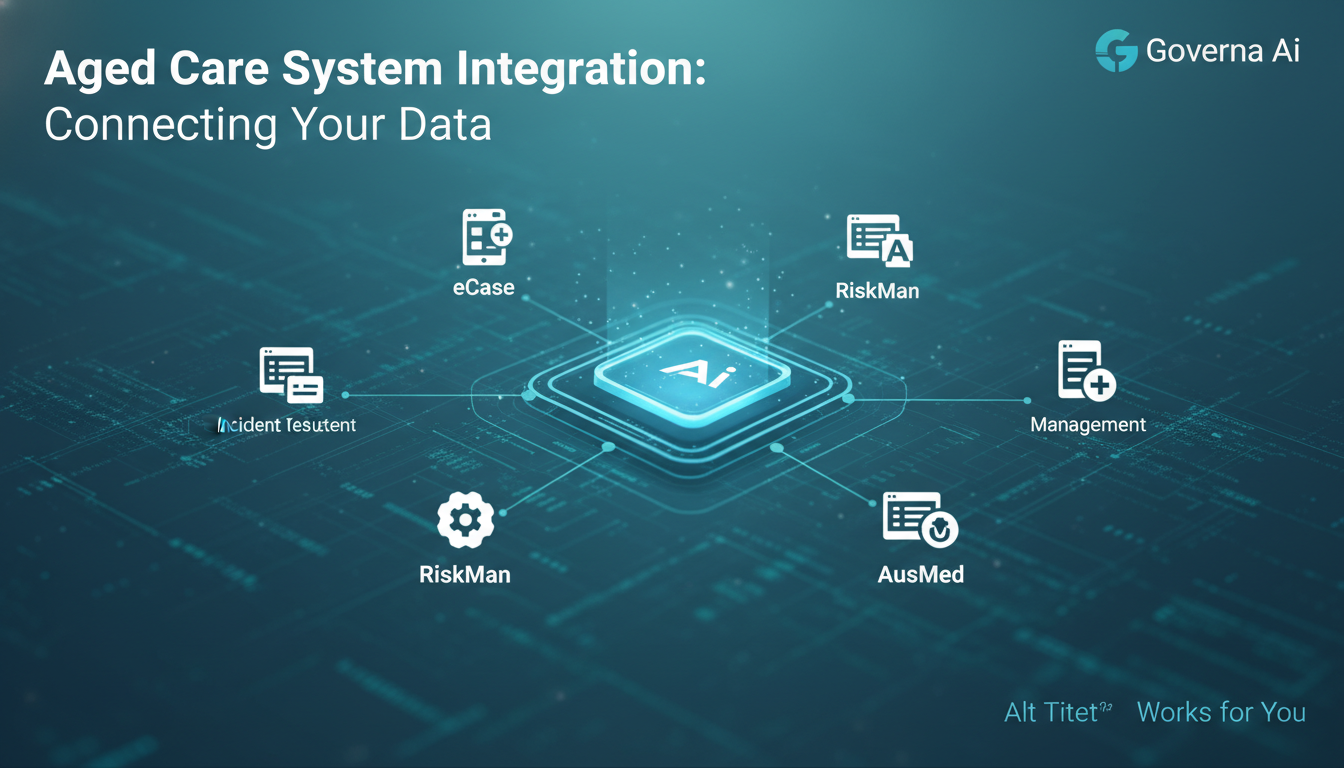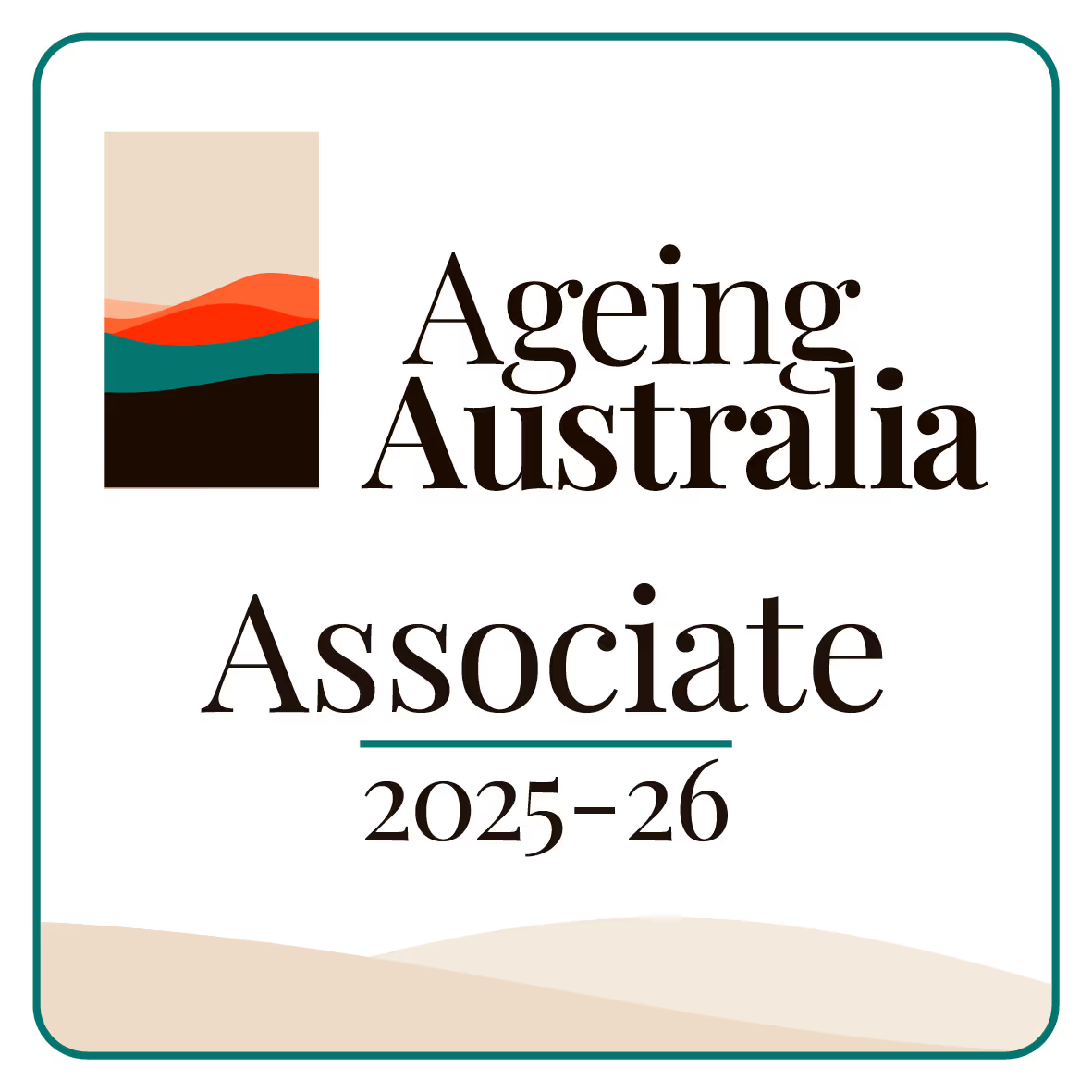You probably already have your hands full—medications to check, care plans to follow, safety checks to complete. So when someone says, “Fill out a report for something that almost happened,” your first instinct might be to roll your eyes. But here is the thing: near miss reporting in aged care is one of the simplest ways to stop the next incident before it happens.
If you care about incident prevention, building a better reporting system, and reducing aged care hazards, this is a conversation worth having.
What Is a Near Miss in Aged Care?
A near miss is an event that could have caused harm but did not—either by chance or because someone stepped in just in time.
Picture this: A resident nearly trips on a loose floor mat, but a worker spots it and steadies them. No harm done, right? Wrong. The mat is a trip hazard. That is a warning sign, not a moment to shrug off. If you let it slide, it might not be a near miss next time.
Why Reporting Near Misses Matters
You already report actual incidents. So why take the time to report the “almost” ones? Here is why:
- They point out weak spots. These reports shine a light on risks before they become injuries.
- They tell a bigger story. A single near miss might not say much, but when several get reported across your home or facility, patterns appear.
- They give you time to act. If you wait until someone gets hurt, you are reacting. Near misses let you act early.
Think of near misses like smoke before the fire. You do not need flames to know something is off.
.png)
Building a Culture Where Staff Feel Safe to Speak Up
Let us face it. Nobody wants to feel like a dobber. That is part of the problem. In aged care, people sometimes keep quiet because they are afraid of being blamed or wasting time. That kind of thinking can create blind spots in your risk management.
Instead, you want a culture that says:
"Thank you for noticing that. Reporting it helps us all."
When you treat near miss reports as helpful rather than annoying, you encourage everyone—from the kitchen team to personal carers—to speak up.
The Link Between Near Misses and Incident Prevention
You know the saying, “An ounce of prevention is worth a pound of cure”? That could have been written about near misses. Reporting them helps you fix problems while they are still small.
- A trolley blocking a hallway
- A resident’s call bell not working
- A medication label nearly misread
Each one is a quiet heads-up. If ignored, they might cause harm. If reported, they become learning opportunities.
Over time, your reporting system becomes a kind of early warning radar.
Common Near Misses in Aged Care
When you look closely, you will see them everywhere:
- A resident almost slips in the bathroom
- Someone nearly receives the wrong meal
- A door is accidentally left unlocked
- A syringe is left on a bench, but no one is injured
These are not minor. They are messengers. And if you listen, they tell you where your aged care hazards are hiding.
What Happens After a Near Miss Report?
Here is what a good response looks like:
- Acknowledge the report. Thank the staff member for speaking up.
- Review the event. What went wrong? What could have gone wrong?
- Identify the hazard. Is it physical, environmental, or procedural?
- Fix the problem. Remove the hazard or update your process.
- Share the learning. Others might face the same situation.
This is not about pointing fingers. It is about preventing harm and building trust.
Challenges with Near Miss Reporting
Yes, there are a few roadblocks:
- Staff think it takes too much time
- There is no clear process
- People worry they will get in trouble
- Management do not follow up
The fix? Make it simple, clear, and valued. This is where tools like Governa AI’s Policy Templates can help. You can standardise your reporting process, communicate your expectations, and show your team that these reports are not just paperwork—they are part of your care culture.
The Role of Governa AI in Near Miss Reporting
Governa AI supports aged care providers across Australia with tools that simplify governance, risk, and compliance. That includes:
- Pre-built policy templates for incident and near miss reporting
- Structured pathways for documentation
- Customisable workflows to meet your needs
With clear systems in place, your workers can report hazards with confidence, and you can act before someone gets hurt.
Better Reporting Leads to Better Care
Reporting a near miss might not feel important at the time. No harm was done, after all. But that report might prevent the next fall, the next medication mix-up, or the next infection outbreak.
Near misses are like early warnings. If you only respond to fires and never check for sparks, you will keep getting burned.
Steps You Can Take Today
Want to get started or improve your current approach? Try these steps:
- Talk about near misses in team meetings. Normalise the conversation.
- Make reporting quick and easy. Use forms or tools staff can access on the floor.
- Set a positive tone. Praise people who speak up.
- Check patterns monthly. Look for repeat hazards.
- Use resources like Governa AI’s policy templates. They give you a strong foundation.
.png)
It Is Not Just Policy. It Is Protection.
When you treat near miss reporting as a “nice-to-have,” you miss the point. It is not extra work. It is smart work. It keeps residents safe, protects your team, and builds trust with families and regulators.
You are not just managing a facility. You are responsible for lives.
And every near miss report is a quiet hero.
Ready to Strengthen Your Reporting System?
Start now. Use Governa AI’s policy templates to build a system where no hazard goes unnoticed. Safer aged care starts with your next near miss report.










